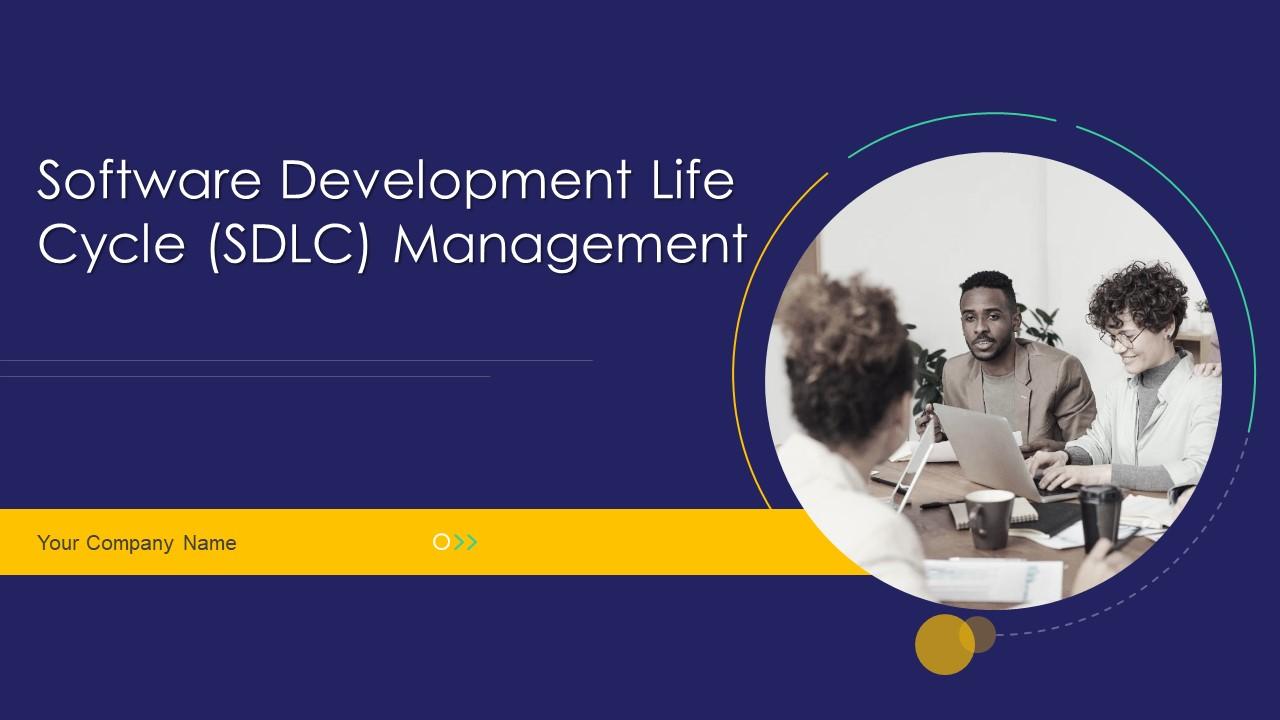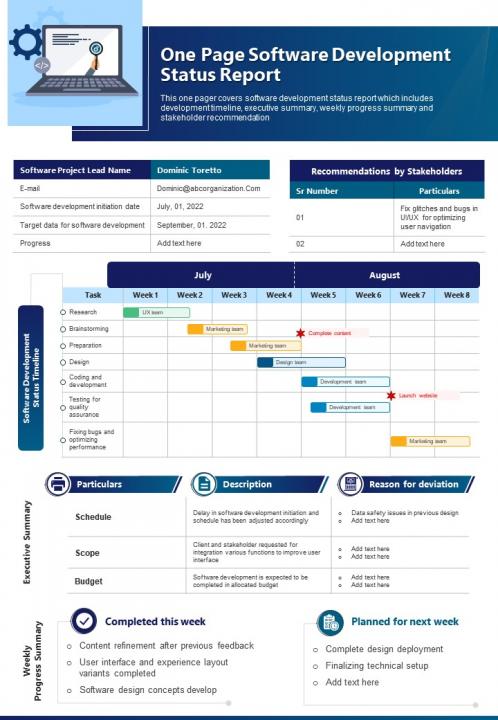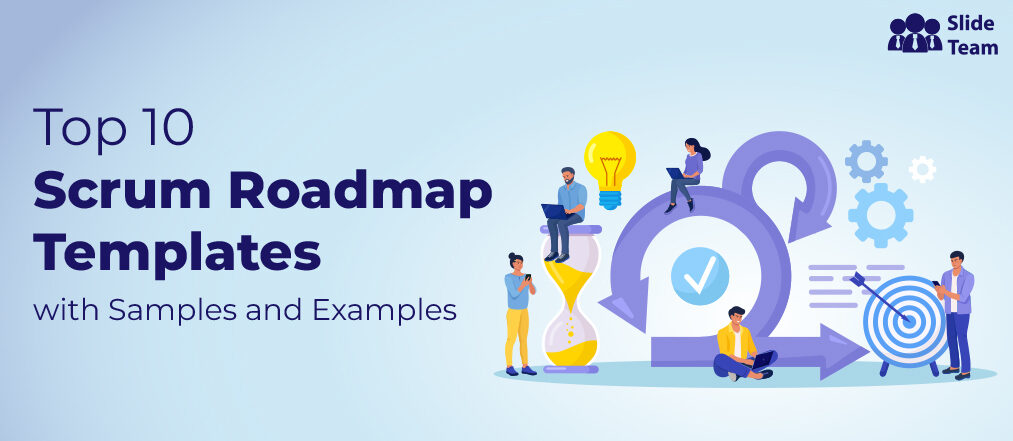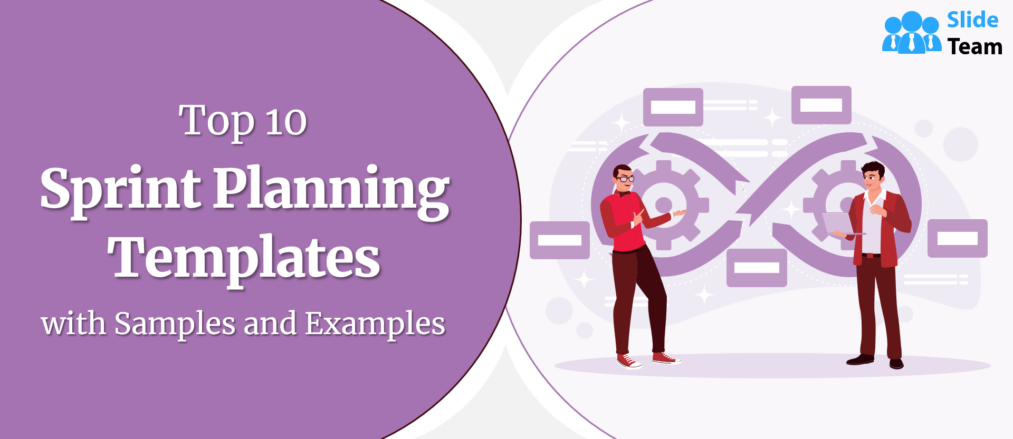"Code is the language of the future, and time is its most critical currency. With enough time, anything in the digital realm is achievable."
Software development is a race against time! As the saying goes, "time is money," and in coding, it's also the key to innovation, efficiency, and success. Whether you're a seasoned developer or just beginning your coding journey, the need for streamlined, effective processes is inevitable.
This is where our Software Development Templates come into play. These presentations are not just a convenience; they're a game-changer.
Our templates are the structure upon which you can construct your digital pursuits. Whether you aim for faster project delivery, better code quality, or a more structured development process, these content-ready slides have your back with the much-needed structure.
The 100% customizable nature of these PowerPoint Templates provides you with the desired flexibility to edit your software development presentations.
Let’s explore!
Template 1: Software Development Life Cycle (SDLC) Management PPT Deck
This PowerPoint Bundle is a comprehensive resource for presenting and understanding the complexities of software development processes. It encompasses essential topics, including the various phases of the SDLC, such as Ideation, Requirements, Design, Development, Testing, Deployment, and Maintenance. The template delves into the Agile Software Development Model, breaking it down into stages like Brainstorming, Design, Development, Quality Assurance, Deployment, Delivery to the Client, and Preparing for the Next Iteration. It also covers the Waterfall Software Development Model and provides valuable insights into effective SDLC management. Download now!
Template 2: Corporate Software Development Training Timeline
Presenting a strategic tool designed to guide organizations through a structured seven-month journey of software development training. This PPT Set encompasses crucial milestones such as Training Kickoff, Certification, Business Case Complete, and Rollout Strategy Development. It offers a systematic approach, beginning with the initial setup and progressing through multiple phases, emphasizing high-priority courses and the implementation of a Learning Management System (LMS) with illustrative courses. With this template, businesses can streamline their software development training process, ensuring their teams excel in designing, building, and successfully rolling out software solutions. Get it today!
Template 3: New Software Development Proposal PPT Set
Take advantage of this PPT Deck to highlight key deliverables like efficient architecture, essential design components, and cost-effective systems. Define project objectives and context for prospective clients using this app design presentation. These engaging slides illustrate your mobile app design framework and approach from discovery to launch. Showcase services, project timelines, costs, and core values effectively. Get this PPT Set to convince clients to invest in your software services.
Template 4: Agile Project Management for Software Development (IT)
Explore the transformative domain of Agile project management, placing customer engagement, product quality, and streamlined hierarchies at its core. This PPT Framework explores contemporary challenges, compares traditional and Agile project management, and delves into Agile's advantages, principles, and more. Discover project deliverables, effective strategies, the software development lifecycle, iteration workflows, and work breakdown structures. This presentation also covers agile schedule planning, methodologies like Scrum, Kanban, Extreme Programming, and team dynamics. Assess project management effectiveness with metrics, budget evaluation, and dashboard analysis. Download now!
Template 5: Software Development Startup Investor Funding Elevator Pitch Deck
Here's a holistic presentation offering a concise yet insightful glimpse into our company's mission. This PPT Bundle covers vital aspects such as our company overview, the challenges addressed in our problem statement, and the innovative solutions we provide across various departments. It also highlights your extensive range of products and services, showcasing your unique approach and diverse funding sources. Provide stakeholders with a thorough market analysis, encompassing the information technology industry landscape, key categories, market size projections, and promising market opportunities using this pitch deck. It also examines factors influencing positive and negative growth, critical focus areas, and a comprehensive competitor analysis. Get it today!
Template 6: Software Development Best Practices
In today's tech-driven world, software is the engine powering businesses, enhancing competitiveness, security, customer experiences, and product innovation. This expert-designed presentation deck delves into the intricacies of software development, covering its life cycle, planning, dashboards, essential tools, and more. Focusing on the phases of software development life cycle management, it provides a roadmap for maintaining top-notch software. Whether you prefer the structured waterfall model or the adaptive Rapid Application Development (RAD) methodology, this PPT Bundle has you covered. It offers tabular and graphical insights into software development planning, encompassing quality assurance, business case analysis, design, and construction.
Template 7: One-page Software Development Status Report Presentation
This report template highlights the details like the software development manager's name, project start date, and projected date, along with stakeholders' recommendations. It is a home for a colorful Gantt chart showcasing the tasks of software development and their durations. The one-page presentation design has well-organized spaces to share the project executive summary and weekly progress summary with the audience.
Beyond Code: The Art of Software Development with Templates
In software development, success isn't solely determined by lines of code; it's also shaped by effective goal setting, prioritization, scoping, and resource management. Every developer has a unique perspective, but the common thread lies in these pivotal elements. Our Software Development Templates address the core variables essential to your software development journey. They provide a structured framework that aligns with your productivity tools, transforming your plans into actionable tasks, timelines, and insightful reports. Download these software development templates now!
FAQs on Software Development
What is software development?
Software development is the systematic process of designing, creating, testing, and maintaining software applications, systems, or programs. It encompasses activities from conceptualizing the software's purpose and functionality to writing the actual code, debugging, and ensuring its continuous improvement and compatibility with evolving technologies. Software development is a collaborative effort involving software engineers, developers, designers, and project managers.
Which language is best for software development?
The "best" programming language for software development depends on various factors, including the project's requirements, goals, and constraints. There is no one-size-fits-all answer. Different languages excel in other domains. For example, Python is popular for its simplicity and versatility, making it great for web development and data science. Java is known for its platform independence and is used in enterprise-level applications. JavaScript is essential for front-end web development. C and C++ are preferred for systems programming.
What are the five steps of software development?
The software development process consists of these five key steps:
- Planning: In this initial phase, project goals, scope, and requirements are defined. Planning involves creating a project roadmap, estimating resources, and setting timelines. It's crucial for aligning the development effort with the project's objectives.
- Analysis: Developers work closely with stakeholders to understand user needs, system behavior, and constraints. This analysis forms the basis for designing the software.
- Design: Design encompasses both high-level and low-level design. High-level design focuses on the architecture and structure of the software, while low-level design involves creating detailed blueprints for individual components and modules.
- Implementation: This is the coding phase where developers write the actual code based on the design specifications. It's the stage where the software takes shape, and developers ensure that it meets the defined requirements.
- Testing and Deployment: The software is tested to identify and fix defects or bugs in this final phase. Once testing is complete, the software is deployed to its target environment, making it accessible to users. Continuous monitoring and maintenance often follow to ensure the software's ongoing functionality and performance.
What is the main role of software development?
The primary role of software development is to create and maintain software applications, systems, or programs that address specific needs or solve particular problems. It involves designing, coding, testing, and deploying software to ensure it meets quality standards, functions correctly and provides value to users. Software development is crucial in various industries, enabling innovation, automation, and efficiency. It encompasses tasks such as analyzing requirements, designing software architecture, writing code, and continuously improving software through updates and enhancements.


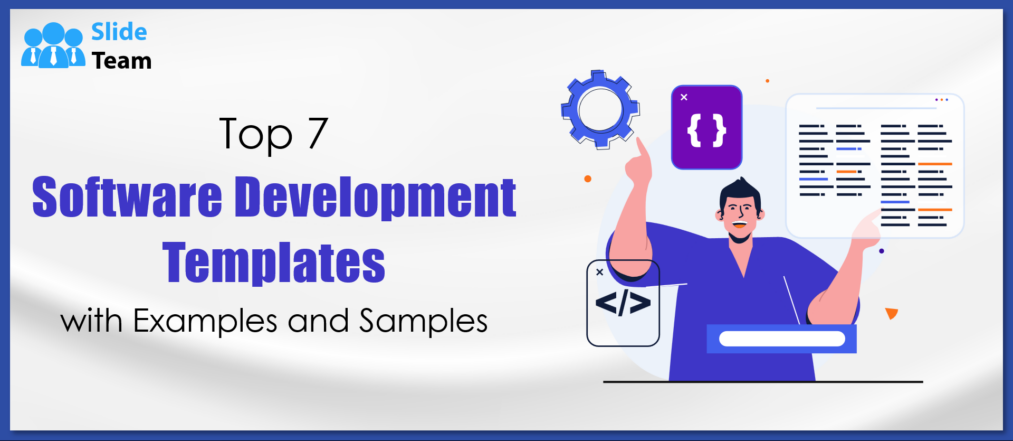


 Customer Reviews
Customer Reviews

